Introduction
Cooking with ghee is a culinary delight that goes beyond just flavor. Ghee, a form of clarified butter, has been cherished in Indian cuisine for centuries and is now making its way into kitchens worldwide. Its high smoke point, rich flavor, and potential health benefits make it a versatile and delectable cooking fat. In this article, we’ll explore the art of cooking with ghee and present you with a selection of recipes that showcase the delicious and nutritious possibilities it offers.
Indeed, cooking with ghee is a culinary adventure that transcends the realm of taste alone. Its journey from ancient Indian kitchens to global dining tables is a testament to its universal appeal. Let’s delve deeper into why ghee is a preferred choice for chefs and home cooks alike:
Cultural Heritage and Tradition: Ghee has deep roots in Indian culture and tradition. It is considered sacred and has been used in religious rituals for centuries. Its connection to cultural heritage adds an extra layer of significance to its culinary usage.
Aromatic Depth: The aroma of ghee is like no other. As it melts and simmers, it releases a fragrant bouquet that tantalizes the senses. This enticing scent is the prelude to a mouthwatering meal.
Versatility Beyond Borders: Ghee’s versatility knows no bounds. While it’s an integral part of Indian, Middle Eastern, and South Asian cuisines, it has seamlessly integrated into Western and international dishes. From French pastries to Asian stir-fries, ghee adapts to various culinary traditions.
Nutritional Benefits: Beyond flavor, ghee offers potential health benefits. It is rich in healthy saturated fats, fat-soluble vitamins (A, E, K), and antioxidants. It is also believed to support digestion, enhance nutrient absorption, and even aid in weight management when used mindfully.
Holistic Wellness: Ghee’s role extends beyond the kitchen. In Ayurvedic medicine, it is used not only as food but also as a therapeutic substance for body and mind. Ghee massages, known as Abhyanga, are a part of holistic wellness practices that promote relaxation and balance.
An Essential in Spices: Ghee serves as an essential medium for blooming spices and herbs. When spices like cumin, mustard seeds, or curry leaves sizzle and release their flavors in ghee, it creates a culinary alchemy that elevates the entire dish.
Comfort and Nourishment: Ghee brings comfort and nourishment to the table. Its velvety texture and rich taste evoke a sense of indulgence and warmth, making it a perfect choice for special occasions or when you want to create a soul-satisfying meal.
Modern Revival: Ghee’s resurgence in modern cuisine is fueled by the desire for wholesome, natural ingredients. As people seek alternatives to highly processed oils and fats, ghee emerges as a clean and pure option.
As we embark on this culinary journey, exploring recipes that harness the potential of ghee, remember that cooking with ghee is not just about satisfying your palate; it’s about celebrating tradition, embracing versatility, and nurturing your well-being through the art of cooking. Whether you’re a seasoned chef or an aspiring home cook, ghee is your flavorful canvas to create culinary masterpieces.
Don’t stop here; you can continue your exploration by following this link for more details: Khichdi Recipe with Moong Dal – Swasthi’s Recipes
Ghee has a unique composition that makes it a standout ingredient in the culinary world. It is essentially pure butterfat, with the milk solids and water content removed. Here’s why ghee is a chef’s secret weapon:
Ghee’s exceptional composition sets it apart as a culinary gem, earning it the coveted status of a chef’s secret weapon in the kitchen. This liquid gold is, essentially, pure butterfat that has been carefully crafted through a traditional clarifying process, leaving behind only its most exquisite elements. Here’s a deeper dive into why ghee holds a hallowed place in the culinary world:
High Smoke Point: Ghee’s remarkable quality lies in its high smoke point. Unlike many cooking oils or fats, ghee can withstand high temperatures without breaking down or producing harmful compounds. This attribute makes it a top choice for searing, sautéing, and frying, where precise temperature control is essential to achieve the perfect sear or crispiness.
Rich, Nutty Flavor: Ghee’s unique production process imparts a rich, nutty flavor that is unmatched by other cooking fats. It has a complexity that elevates the taste of dishes, adding depth and character. Whether used in savory dishes like curries or in sweet creations like baked goods, ghee imparts a distinctive and delightful aroma.
Lactose and Casein-Free: Ghee’s meticulous preparation involves separating and removing the milk solids, leaving behind pure fat. This means that ghee contains negligible lactose and casein, making it a viable option for those with lactose intolerance or dairy allergies. It’s a versatile ingredient that can be enjoyed by a broader range of individuals.
Long Shelf Life: Ghee’s natural properties contribute to a long shelf life. The removal of water content and milk solids inhibits the growth of microorganisms that can lead to spoilage. When stored correctly, ghee can stay fresh for an extended period without refrigeration, reducing food waste.
Versatility: Ghee’s versatility in the kitchen knows no bounds. It can be used in a myriad of culinary applications, from imparting a golden hue and rich flavor to rice dishes and dals in Indian cuisine to adding a decadent touch to baked goods and pastries. Its compatibility with both savory and sweet creations makes it a prized ingredient for chefs and home cooks alike.
Health-Conscious Choice: While ghee is a fat, it’s considered a healthier alternative to some other cooking fats. It is rich in fat-soluble vitamins, such as A, D, E, and K, and offers essential fatty acids. When consumed in moderation as part of a balanced diet, ghee can be a source of nutritional benefits.
In summary, ghee’s allure lies in its ability to enhance the culinary experience through its high smoke point, rich flavor, and dietary compatibility. Its versatility knows no bounds, making it a cherished ingredient that transforms ordinary dishes into extraordinary culinary creations. Whether it’s used to elevate the savory notes of a hearty curry or to bring a touch of decadence to a sweet dessert, ghee is indeed a chef’s secret weapon, unlocking a world of flavor and possibility in the kitchen.
Should you desire more in-depth information, it’s available for your perusal on this page: Butter Chicken | RecipeTin Eats

Ghee has a high smoke point, typically around 450°F (232°C), which means it can withstand high-heat cooking methods like frying and sautéing without breaking down or producing harmful compounds.
nullFor additional details, consider exploring the related content available here How to Make Ghee | Frugal Nutrition

Ghee has a rich, nutty flavor that adds depth and richness to dishes. It enhances the taste of both sweet and savory recipes.
Ghee, with its luxurious and indulgent flavor profile, is indeed a culinary gem that has the power to elevate your dishes to new heights. Its rich, nutty essence brings a symphony of delightful notes to the table, adding a depth and richness that’s hard to replicate with any other cooking fat. Here’s how ghee, with its unique flavor, can be a game-changer in both sweet and savory recipes:
Savory Symphony:
Sautéing and Frying: When used in savory dishes, ghee doesn’t just cook; it conducts a flavorful orchestra. It’s the perfect choice for sautéing vegetables, searing meats, or frying spices. As it sizzles in the pan, the nutty aroma intensifies, infusing your ingredients with a savory richness that’s nothing short of divine.
Balancing Act: Ghee possesses an exquisite ability to balance flavors. Its inherent nuttiness acts as a bridge between diverse ingredients, harmonizing them into a cohesive and well-rounded dish. It can mellow the heat of spices while enhancing their aromatic qualities, creating a symphony of flavors that dance on your taste buds.
Rice and Grains: Ghee is a beloved addition to rice and grains, imparting a buttery richness that complements the earthy and hearty qualities of dishes like biryani or risotto. Each grain glistens with a glossy coat of ghee, elevating the simple to the sublime.
Sweet Serenade:
Baking Brilliance: Ghee isn’t just for savory fare; it’s equally at home in the world of baking. In sweet treats like cookies, cakes, and pastries, ghee adds a layer of complexity. Its nutty undertones meld seamlessly with vanilla, chocolate, or spices, creating desserts that are nothing short of extraordinary.
Dessert Sauces: When it comes to dessert sauces, ghee shines as a key ingredient. It can be the luscious foundation for caramel or butterscotch sauce, infusing them with a warm and indulgent sweetness that’s simply irresistible.
Indian Sweets: In traditional Indian sweets, or mithai, ghee is a star performer. It imparts a rich, buttery flavor that complements the sweetness of ingredients like sugar and milk. Sweets like ghee-laden halwa, laddoos, and barfis are cherished delicacies in Indian cuisine.
The Magic of Versatility:
The beauty of ghee lies in its versatility. Its rich and nutty flavor can be seamlessly integrated into a wide range of recipes, transcending culinary boundaries. Whether you’re aiming to create a savory masterpiece or a sweet symphony, ghee’s role can be transformative.
A Culinary Signature:
Ghee’s distinctive flavor is like a signature on your dishes, signaling to your taste buds that something exceptional awaits. It’s a flavor that’s reminiscent of tradition, craftsmanship, and culinary mastery. As you explore its use in your kitchen, you’ll discover that ghee doesn’t just enhance the taste of your recipes; it adds a touch of artistry to your culinary creations.
If you’d like to dive deeper into this subject, there’s more to discover on this page: Easy Chicken Tikka Masala – Damn Delicious
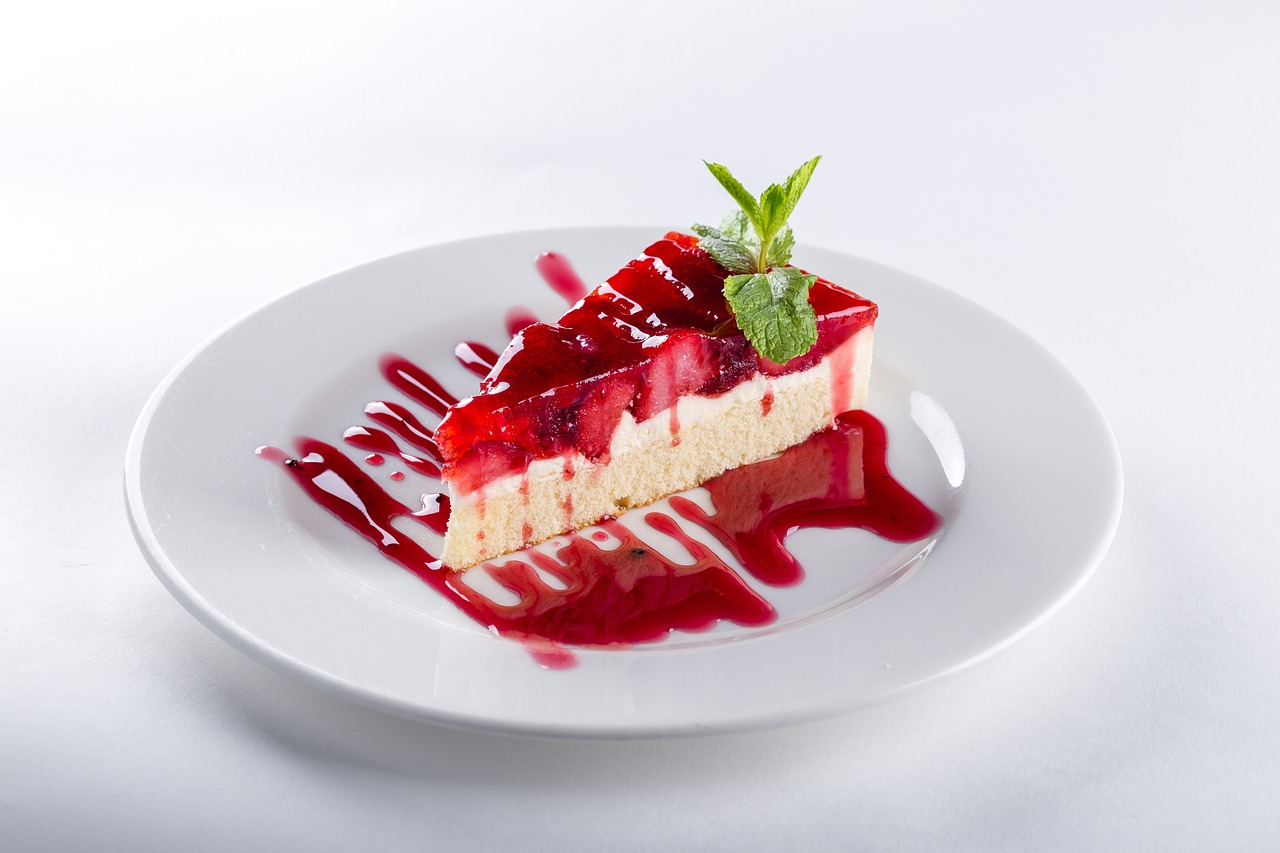
Ghee can be used in various types of cuisine, from Indian and Middle Eastern to European and Asian. It complements a wide range of ingredients and flavors.
Ghee, with its luscious and nutty richness, transcends culinary boundaries, making it a cherished ingredient in kitchens worldwide. Its versatility knows no bounds, effortlessly bridging the gaps between diverse cuisines and culinary traditions. From the aromatic spices of Indian cuisine to the savory herbs of Middle Eastern dishes, from the buttery indulgence of European classics to the intricate flavors of Asian fare—ghee is a culinary chameleon, seamlessly integrating into a multitude of gastronomic experiences.
In Indian cuisine, ghee is not just a cooking fat; it’s a symbol of tradition and flavor. Its use ranges from sautéing spices to frying bread and desserts, infusing each dish with a characteristic richness that is unparalleled. In Middle Eastern cooking, ghee finds its place in dishes like biryanis and kebabs, elevating the flavors to new heights. In European culinary traditions, it is valued for its high smoke point, making it an ideal choice for searing meats or sautéing vegetables without the fear of burning.
The beauty of ghee lies in its ability to complement a wide spectrum of ingredients and flavors. Its subtle nuttiness enhances the natural tastes of ingredients without overpowering them. It can be drizzled over steamed vegetables to lend a delicate buttery note or used as a finishing touch for a rich, creamy sauce. When employed in baking, it contributes to the flakiness of pastries and imparts a delightful depth of flavor to cookies and cakes.
Furthermore, ghee’s versatility extends to dietary preferences and restrictions. It serves as a valuable option for those with lactose intolerance, as the clarification process removes most of the milk solids responsible for lactose content. Additionally, it aligns with various dietary approaches, including keto and paleo diets, as a source of healthy fats.
In essence, ghee is the unifying thread that weaves through global cuisines, connecting cultures and culinary traditions. Its adaptability and ability to enhance flavors make it a beloved choice in kitchens across the world. Whether you’re savoring the exotic spices of India, the comforting warmth of Middle Eastern dishes, the classic elegance of European fare, or the intricate flavors of Asian cuisine, ghee is a versatile and flavorful companion on your culinary journey.
Looking for more insights? You’ll find them right here in our extended coverage: Cooking with Mushrooms: A Fungi Lover’s Guide to the World’s Most …

Ghee is virtually lactose and casein-free, making it suitable for individuals with dairy sensitivities or allergies.
Now, let’s dive into some mouthwatering recipes that highlight the culinary magic of ghee:
Ghee, with its remarkable properties, transcends the limitations of regular dairy. It stands as a symbol of inclusivity in the culinary world, as it is virtually devoid of lactose and casein—the components of dairy that often pose challenges for individuals with sensitivities or allergies. This unique attribute makes ghee not only a flavorful alternative but also a versatile and accommodating choice for those seeking dairy-free options.
Now, let’s embark on a delectable journey through a selection of mouthwatering recipes that celebrate the culinary magic of ghee. These recipes not only showcase the versatility of ghee but also invite you to savor its rich, nutty flavor in a variety of culinary creations:
Golden Turmeric Rice: Begin your culinary adventure with a fragrant pot of golden turmeric rice. Start by sautéing aromatic spices in ghee, then add basmati rice and water infused with turmeric. The result is a vibrant and flavorful side dish that pairs perfectly with curries or grilled vegetables.
Sautéed Greens with Garlic and Ghee: Elevate the simplest of ingredients with a touch of ghee. Sauté fresh greens like spinach or kale with minced garlic and a drizzle of ghee. The richness of ghee complements the earthy greens, creating a side dish that’s as nutritious as it is delicious.
Ghee-Roasted Vegetables: Turn ordinary vegetables into a gourmet delight with ghee-roasting. Toss your favorite veggies, such as carrots, Brussels sprouts, or cauliflower, in melted ghee and season with herbs and spices. Roast until they caramelize, bringing out their natural sweetness and adding a delightful twist to your meal.
Ghee-Infused Desserts: Ghee’s nutty flavor is a perfect match for sweet treats. Consider using it in baking, whether in cookies, cakes, or even a classic Indian dessert like ghee-laden halwa. The result is a unique depth of flavor that enhances your favorite desserts.
Creamy Ghee-Spiced Lentils: Dive into the world of comforting lentil dishes with a creamy ghee-infused preparation. Cook red lentils until soft, then stir in a fragrant mixture of ghee, cumin, coriander, and a pinch of cayenne. The result is a velvety, spiced lentil dish that’s both nourishing and satisfying.
These recipes are just a glimpse of the culinary possibilities that ghee unlocks. Whether you’re seeking dairy-free options, looking to infuse rich flavors into your dishes, or simply exploring the world of gourmet cooking, ghee offers an enticing and versatile ingredient to elevate your culinary creations. So, put on your apron, embrace the culinary magic of ghee, and savor the delightful journey it takes you on.
To delve further into this matter, we encourage you to check out the additional resources provided here: Butter Chicken | RecipeTin Eats
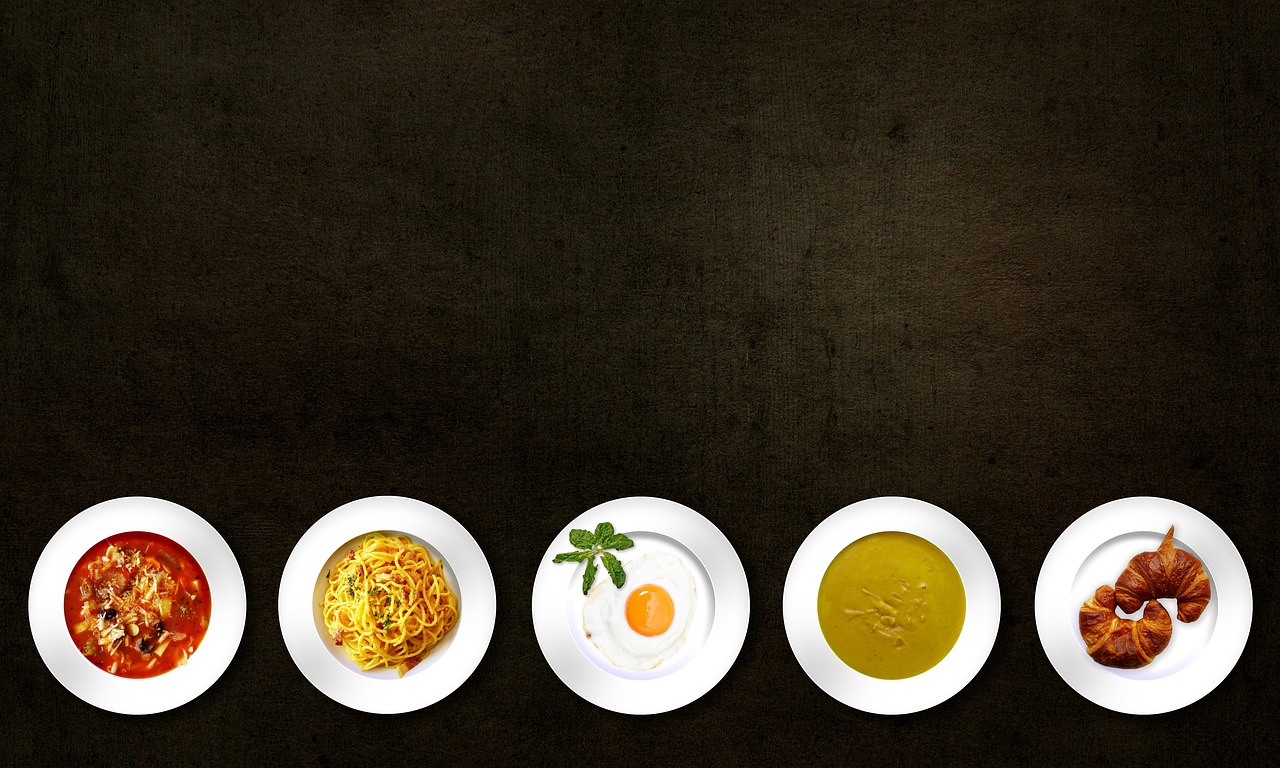
Cut the vegetables into bite-sized pieces and place them on a baking sheet.
Drizzle melted ghee over the vegetables and toss to coat.
nullTo delve further into this matter, we encourage you to check out the additional resources provided here: One-Pot Lentils and Rice (aka Mujadara) — Whole Nourishment

Roast in the preheated oven for 20-25 minutes or until the vegetables are tender and slightly caramelized.
Roasting vegetables in the oven is a culinary technique that can transform their flavors and textures, making them tender, slightly caramelized, and irresistibly delicious. Here’s how to achieve the perfect roasted vegetables:
Preparation: Start by selecting your favorite vegetables or a medley of colorful options. Common choices include carrots, potatoes, bell peppers, zucchini, broccoli, and cauliflower. Wash and peel (if necessary) the vegetables, then cut them into uniform pieces. This ensures even cooking.
Seasoning: Place the prepared vegetables in a mixing bowl and drizzle them with olive oil. Season with salt, pepper, and your choice of herbs or spices. Popular options include rosemary, thyme, garlic powder, or paprika. Toss the vegetables well to evenly coat them with the oil and seasonings.
Preheat the Oven: Preheat your oven to around 425°F (220°C). A high temperature promotes caramelization, which imparts a sweet, savory flavor to the vegetables while preserving their natural sweetness.
Baking Sheet: Line a baking sheet with parchment paper or lightly grease it with cooking spray. This prevents the vegetables from sticking and makes cleanup easier.
Even Spread: Spread the seasoned vegetables in a single layer on the baking sheet. Crowding the vegetables can lead to uneven cooking and steaming rather than roasting, so ensure they have some space.
Roasting Time: Place the baking sheet in the preheated oven and roast for 20-25 minutes or until the vegetables are tender and have developed a lovely caramelized exterior. You may want to toss the vegetables once or twice during the cooking process to ensure even browning.
Doneness Test: To check for doneness, insert a fork or knife into the vegetables. They should be tender and easily pierced. Additionally, you’ll notice that the edges have turned golden brown and slightly crispy.
Serve Promptly: Remove the roasted vegetables from the oven and serve them immediately while they’re still hot. The caramelization enhances their natural sweetness and adds a delightful depth of flavor.
Variation: Get creative with your roasted vegetable combinations. Experiment with different seasonings, such as balsamic vinegar, honey, or a sprinkle of grated Parmesan cheese for added flavor.
Roasting vegetables in the oven is a versatile technique that can elevate any meal, whether you’re serving them as a side dish, tossing them with pasta, or adding them to salads and grain bowls. With a little preparation and the right seasoning, you can master the art of perfectly roasted vegetables that are both nutritious and delicious.
Don’t stop here; you can continue your exploration by following this link for more details: Garlic Butter Shrimp Pasta – Damn Delicious
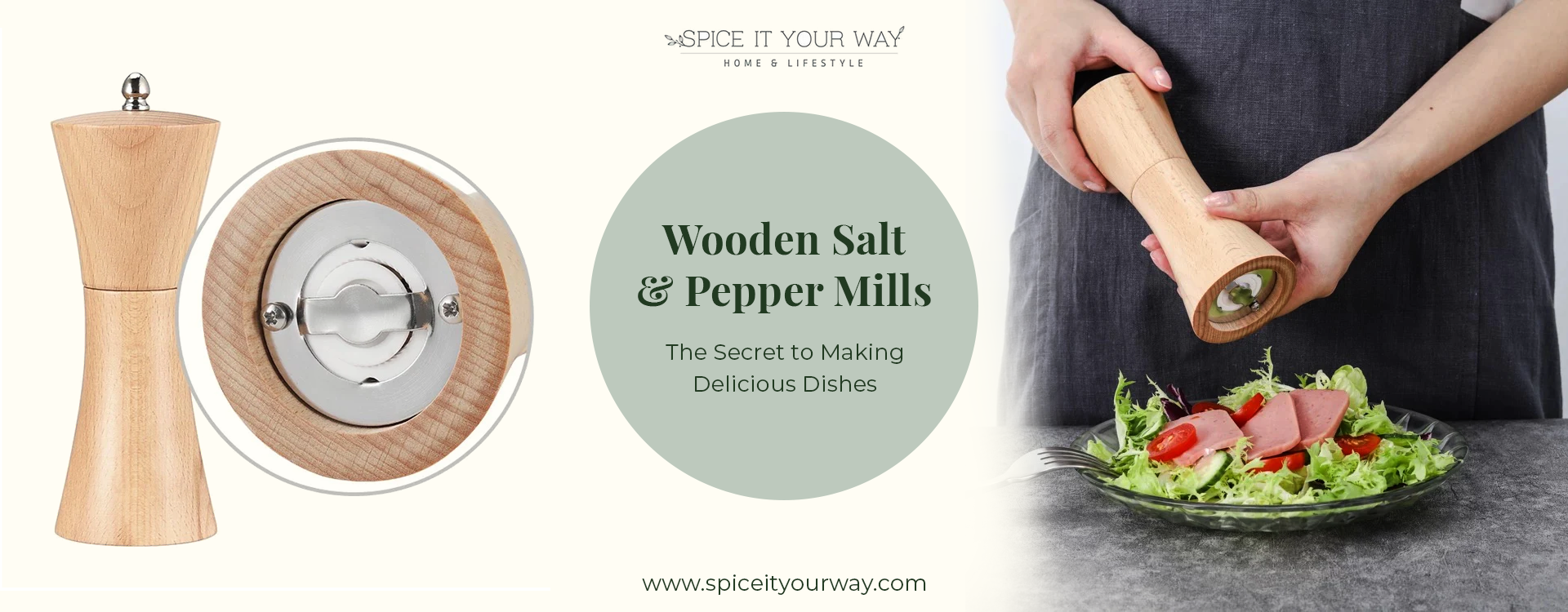
Toss in the cooked pasta and stir to coat.
Adding the cooked pasta to the dish and thoroughly stirring it to coat is the final step in achieving a harmonious and flavorful pasta creation. This seemingly simple action brings together all the elements of your dish, ensuring that each strand or piece of pasta is infused with the delicious flavors of your sauce, vegetables, or proteins.
Sauce Integration: Stirring the pasta into the sauce allows for a perfect marriage between the two components. The pasta absorbs some of the sauce’s essence, creating a cohesive and well-balanced bite with every forkful. Whether your sauce is a rich marinara, creamy Alfredo, or a light olive oil and garlic blend, this step ensures that the pasta is generously coated.
Even Distribution: It ensures the even distribution of ingredients throughout the dish. If you’ve added vegetables, herbs, or proteins to your pasta, stirring helps distribute these elements evenly. This means you won’t have one bite with an abundance of toppings while the next is comparatively bare.
Temperature Balance: Stirring the pasta into the sauce also helps balance temperatures. Hot pasta combines with the hot sauce, preventing any unpleasant temperature discrepancies that might arise if you simply pour cold sauce over hot pasta.
Enhanced Flavor: Coating the pasta allows it to soak up the flavors of the sauce, herbs, and seasonings. This ensures that each mouthful is a burst of savory, aromatic delight, providing a consistent and satisfying taste experience.
Texture Harmony: Achieving a harmonious texture is crucial. Proper stirring prevents clumping or sticking of the pasta, ensuring that it remains separate and perfectly cooked. No one wants a dish with gummy, stuck-together pasta strands.
Presentation: While the primary focus is on flavor and texture, presentation matters too. A well-coated pasta dish not only tastes better but also looks more appealing, making it an inviting treat for the eyes as well as the palate.
Remember, the key to success when tossing pasta is timing. Ideally, you should reserve a small amount of pasta cooking water before draining. This starchy water can be used to adjust the consistency of your sauce as needed. If the dish appears too dry or sticky, a splash of pasta water can help create a silky and cohesive sauce.
So, the next time you’re preparing pasta, don’t rush through the tossing step. Give your pasta a chance to mingle with the sauce and toppings, allowing every bite to be a perfect blend of flavors and textures, ensuring that your culinary creation is a delightful and memorable experience.
Looking for more insights? You’ll find them right here in our extended coverage: Sauteed Zucchini Recipe (Easy, 10 Min!) – Wholesome Yum
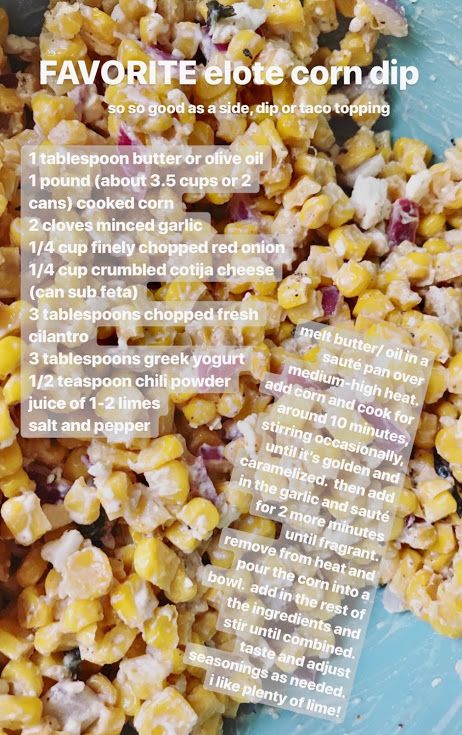
Finish with a generous sprinkle of freshly grated Parmesan cheese.
Completing your culinary masterpiece with a generous sprinkle of freshly grated Parmesan cheese is the ultimate finishing touch that elevates the flavor and texture of your dish to a whole new level. Here’s why this simple yet impactful addition is a culinary secret worth savoring:
Enhanced Flavor Profile: Parmesan cheese, with its distinct nutty and savory notes, possesses the remarkable ability to intensify the flavors of your dish. As it melts gently atop warm pasta, risotto, or salads, it releases a tantalizing aroma that stimulates the senses. Each bite becomes a delightful symphony of umami-rich sensations that dance on your palate.
Texture and Creaminess: Beyond flavor, freshly grated Parmesan contributes to the luxurious creaminess and mouthfeel of many dishes. Its fine texture disperses evenly, creating a silky, velvety coating that clings to your chosen delicacy. Whether it’s a classic spaghetti carbonara, a creamy Alfredo sauce, or a Caesar salad, Parmesan adds that desirable richness and lusciousness.
Umami Magic: Parmesan cheese is renowned for its umami, often referred to as the fifth taste alongside sweet, sour, salty, and bitter. Umami, a savory and deeply satisfying flavor, is precisely what Parmesan brings to the table. It harmonizes and balances the other tastes in your dish, creating a harmonious symphony of flavors that leaves your taste buds craving more.
Visual Appeal: Freshly grated Parmesan isn’t just about taste and texture; it’s also a visual feast. The delicate snow-like flakes or powdery dusting of Parmesan adds an elegant finishing touch to your plate, transforming an ordinary meal into an extraordinary culinary presentation. It’s as pleasing to the eyes as it is to the palate.
Versatility: Parmesan’s versatility knows no bounds. It complements a vast array of dishes, from Italian classics like pasta and risotto to salads, soups, and even roasted vegetables. Its ability to bridge cuisines and styles makes it a staple in both traditional and contemporary cooking.
Culinary Tradition: Incorporating Parmesan into dishes has deep-rooted culinary traditions, particularly in Italian cuisine. It’s a testament to the timeless allure of this cheese and its enduring place at the heart of beloved recipes passed down through generations.
So, whether you’re preparing a comforting bowl of spaghetti, a vibrant Caesar salad, or a creamy, soul-warming risotto, don’t underestimate the power of finishing with a generous sprinkle of freshly grated Parmesan cheese. It’s a culinary gesture that transforms your meal into a culinary masterpiece, turning a simple recipe into an unforgettable dining experience.
Additionally, you can find further information on this topic by visiting this page: Baked Salmon in Foil with Garlic, Rosemary and Thyme {Whole30 …
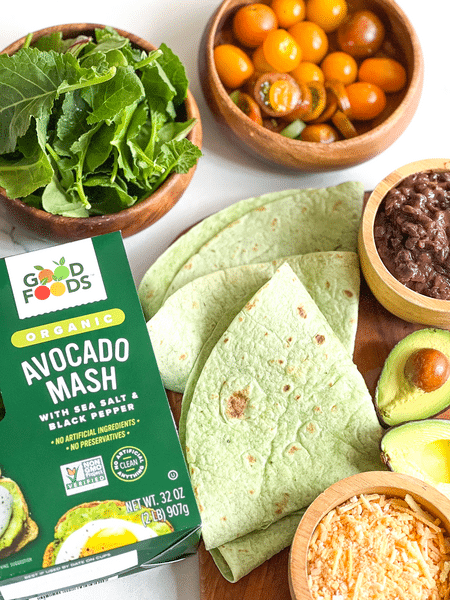
In a large skillet, heat ghee over medium-high heat.
nullExplore this link for a more extensive examination of the topic: Butter Chicken | RecipeTin Eats

Stir in the spices (curry powder, cumin, coriander, turmeric) and cook for 1-2 minutes.
Add your choice of protein or vegetables and cook until browned.
Pour in the diced tomatoes and coconut milk, then simmer until the sauce thickens.
As you embark on this flavorful culinary journey, the aromatic symphony of spices will be your guiding light. Begin by gently stirring in a medley of curry powder, cumin, coriander, and turmeric. As they sizzle and release their fragrant notes into the air, you’ll feel the anticipation building in the kitchen.
This is the moment when your choice of protein or vegetables takes center stage. Whether it’s succulent chicken, tender tofu, or an array of colorful vegetables, each morsel will have the chance to absorb the complex flavors of the spices. As they sizzle and mingle in the pan, a beautiful transformation occurs, and you’ll witness your ingredients turning a tempting shade of golden brown.
Now, it’s time to introduce the stars of this dish: diced tomatoes and velvety coconut milk. As they gracefully cascade into the pan, they bring a symphony of textures and flavors. The tomatoes offer a bright, tangy note, while the coconut milk contributes a creamy richness that envelops every element in the dish.
As the ingredients meld together, allow them to gently simmer. It’s in this slow, deliberate process that the magic unfolds. The sauce begins to thicken, becoming a harmonious blend of spice, creaminess, and savory goodness. Each moment that passes fills your kitchen with an irresistible aroma, a promise of the culinary delight that awaits.
Patience is key during this simmering phase, as it allows the flavors to marry and intensify. You’ll find yourself drawn to the bubbling pot, tempted to steal a taste, but resist the urge, for the reward will be worth it. When the sauce has thickened to perfection, you’ll know it’s time to serve up a plate of this culinary masterpiece, a dish where spices, proteins, and vegetables unite in a symphony of flavor that dances on your palate.
This recipe is not just a meal; it’s an experience, a testament to the artistry of cooking, where every step, from the spice-infused beginning to the creamy crescendo, contributes to the creation of a memorable dish that will have you savoring each bite with delight.
Additionally, you can find further information on this topic by visiting this page: Umami Gravy – Nom Nom Paleo®

These recipes are just a taste of the delicious possibilities that come with cooking with ghee. Whether you’re roasting vegetables, tossing pasta, or preparing a flavorful curry, ghee’s rich and nutty taste will elevate your dishes to new heights. Enjoy the culinary journey of cooking with ghee, and feel free to get creative with your own recipes to savor its unique flavor and benefits.
Indeed, the recipes showcased here are merely a glimpse into the culinary wonders that cooking with ghee can unlock. The versatility of ghee knows no bounds, and its rich, nutty essence can be the secret ingredient that transforms ordinary meals into extraordinary dining experiences.
When you embark on a culinary journey with ghee, you open the door to a world of gastronomic possibilities. Imagine the sizzle of freshly chopped vegetables as they meet the hot ghee in your skillet, or the aroma that fills the air as you drizzle it over a piping hot bowl of pasta. The addition of ghee brings not just flavor but also an unmatched depth and richness to your dishes.
Perhaps you’re venturing into the realm of Indian cuisine, where ghee is a beloved staple. Here, it plays a central role in creating the signature flavors of dishes like butter chicken or ghee rice. The creamy, golden texture of ghee imparts an indulgent silkiness to curries and gravies, making each bite an exquisite experience.
Beyond Indian cuisine, ghee’s versatility shines in both savory and sweet creations. Picture a warm, buttery drizzle over freshly popped popcorn or the way it enhances the flavors of baked goods like cookies and cakes. Ghee’s ability to marry sweet and savory notes effortlessly opens up a world of dessert possibilities, from delectable caramel sauces to flaky, buttery pastries.
The best part of cooking with ghee is the opportunity to get creative in the kitchen. Experiment with your favorite recipes, replacing butter or cooking oil with ghee. You’ll find that it imparts a unique character to your dishes, elevating the familiar into something exceptional. It’s a canvas upon which you can paint your culinary aspirations, infusing your meals with a touch of sophistication and indulgence.
As you embark on this flavorful journey with ghee, remember that the only limit is your imagination. Don’t hesitate to explore, innovate, and adapt. Ghee is a versatile companion, ready to complement your culinary creativity, whether you’re preparing classic comfort foods or experimenting with exotic cuisines.
So, savor the joy of cooking with ghee, and let your taste buds be your guide. Whether you’re a seasoned chef or an enthusiastic home cook, ghee’s rich and nutty taste promises to be a source of inspiration in your culinary endeavors. Embrace the magic it brings to your dishes and relish the unique flavor and benefits it imparts to your culinary creations.
Explore this link for a more extensive examination of the topic: Butter Chicken (Murgh Makhani) – Cafe Delites

More links
For a comprehensive look at this subject, we invite you to read more on this dedicated page: How to Make Ghee (plus 10 Health Benefits!) | Feasting At Home
